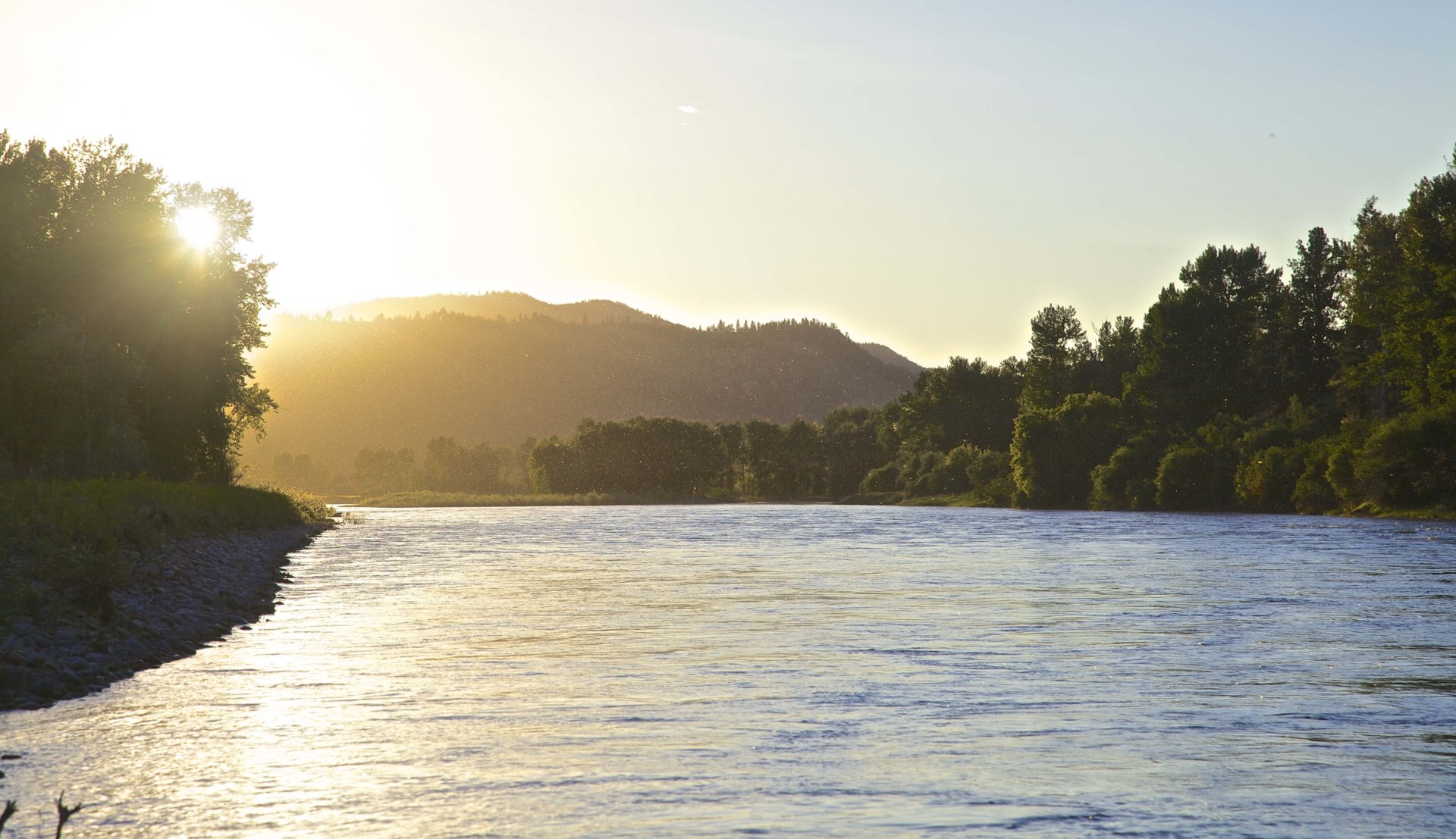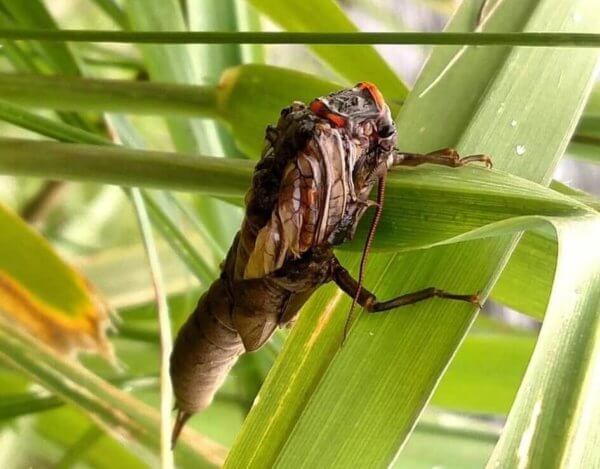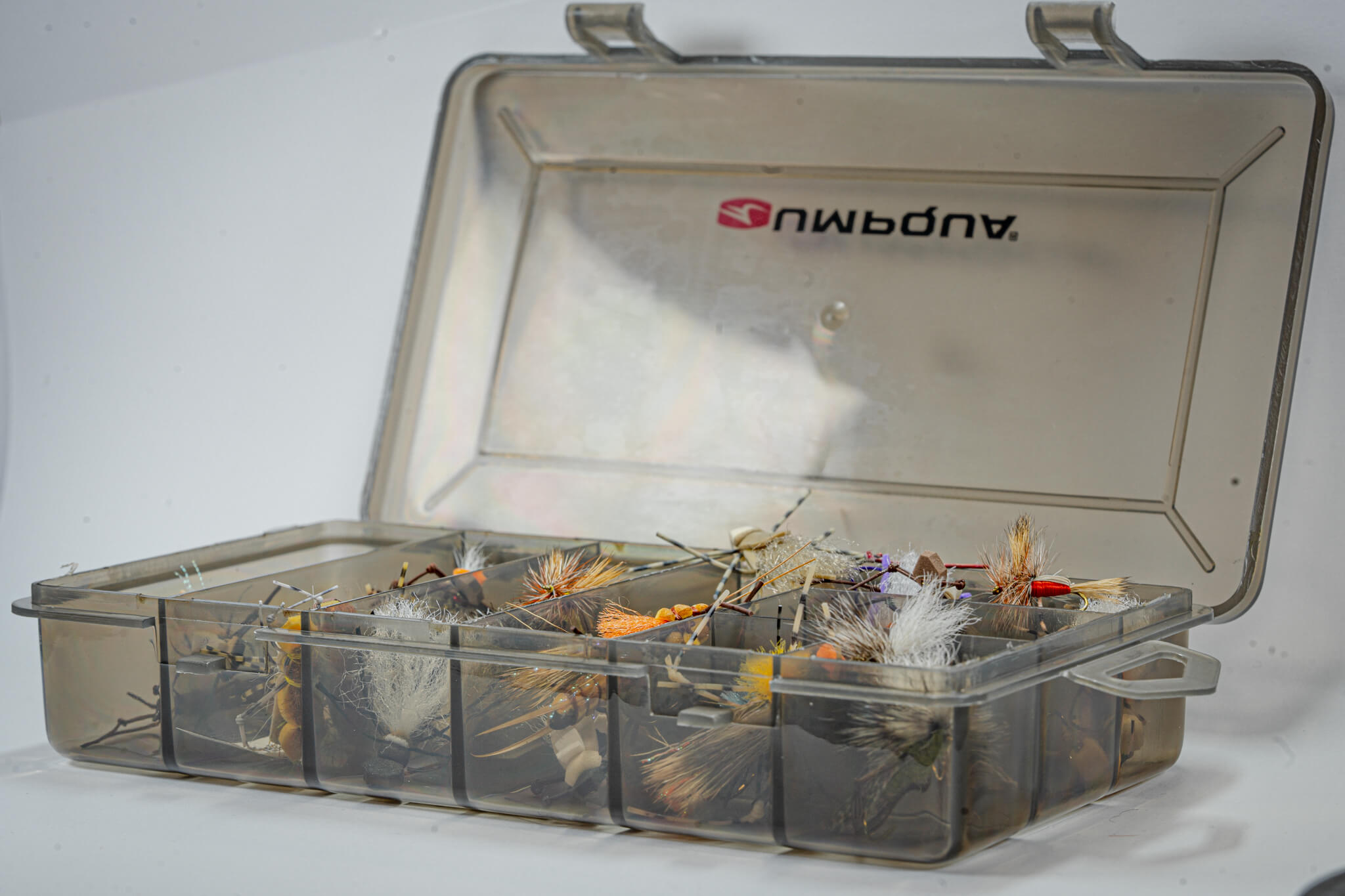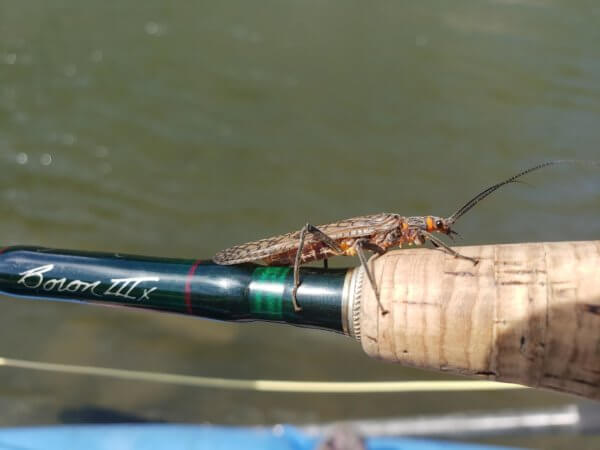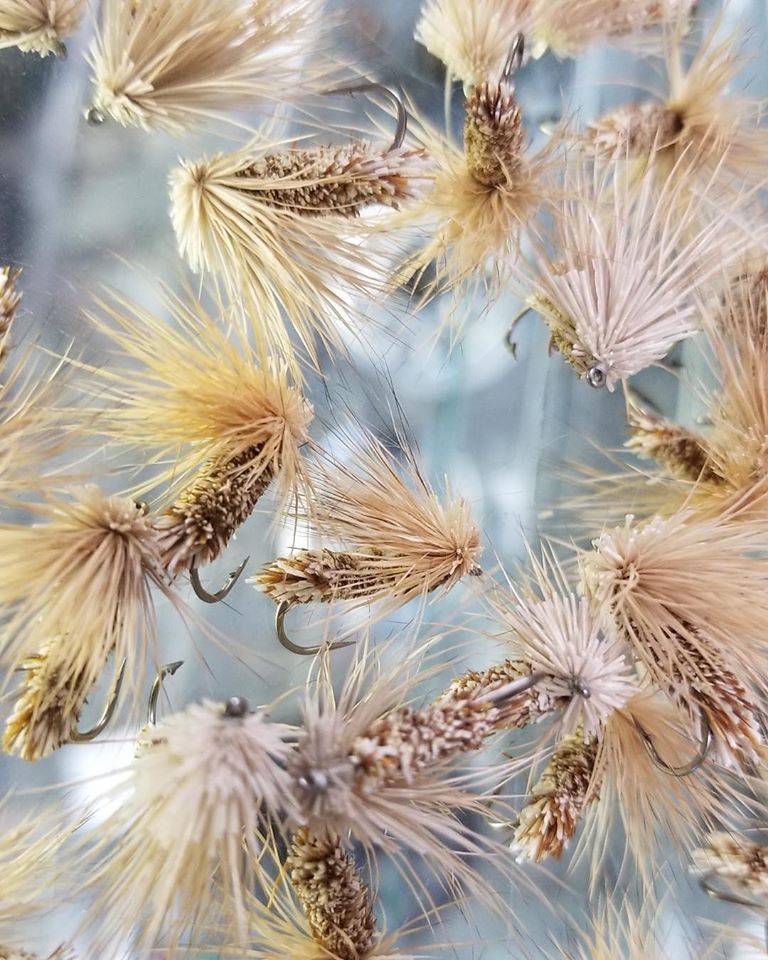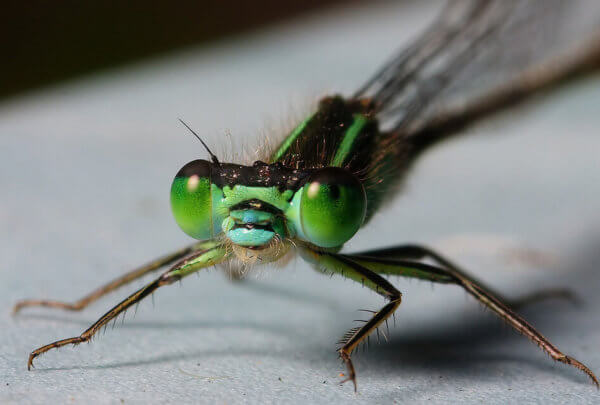The Big Blackfoot River is where A River Runs Through It takes place. Home of the Big Fish, and it was taken on a big fly! The Blackfoot River hatches are prolific and is a perfect habitat for stoneflies and Caddis. We’re going to start big!
Here is a list of our favorite Blackfoot River Hatches
Golden Stone

The Golden Stones, comprised of many stonefly species all imitated by the same flies, are the premiere hatch on the Blackfoot River. Not by size, but consistency. The Blackfoot River is the highest altitude and northernmost river in the Missoula area. It’s often the last river to heat up after run-off and usually the first to shut down in the fall. While the Salmon Flies can be epic on the Blackfoot, the Golden Stones are a guarantee year in and year out.
The Goldens begin to hatch in the last week of June, and as soon as they establish themselves, Missoula’s most experienced fly fishing guides tie on a Golden. They’re smaller, running from size 6-12, which makes them more accurate in the high water found at the beginning of the hatch. The high gradient Blackfoot River will push fish up to the banks in high water, and often the difference between success and rejection is 6 inches. The smaller fly goes where it’s aimed, and moves fish in the water they’re comfortable in.
It’s easy to talk all day about the dry fly fishing provided by the Blackfoot River Goldens, but anglers do themselves a serious disservice by ignoring the subsurface Golden activity. Take one look at the Blackfoot River, crashing through boulders and cascading against bluffs and rock walls, and the water just screams nymph. You know big trout are hanging behind boulders and rocks, and those trout haven’t been to the surface in 4 years. Drop a Brown/Black Pats RubberLegs paired with a Peacock Double Bead Stone. Don’t be afraid to run the point fly 6 feet deep and the dropper 8 feet deep! It’s a big, roiling river, and the fish get deep and stay there. You’re going to get a lot more done if you get to the fish on their level, not make them come to yours!
Which isn’t saying the dry fly fishing is no good! The Golden Stones on the Blackfoot River can provide the best dry fly fishing in Missoula for the season. It’s that good. Early in the hatch, go with big and foamie, like Clook’s Floater In The Pool or an El Camino Golden. These will also hold up a dropper if that’s needed. As the season progresses, and the fish start to move away from the banks into summer water, think a bit smaller and lower floating. A Demoe’s Mill Creek Golden or Morningwood Golden are top producers when the fish start to slip away from the banks. If the dry fly action slows for some reason, throw on the Chubby Chernobyl Golden and run a dropper. The Chubby may be the best indicator fly in your arsenal, with its high floating, easy to see wing and foam body.
Word to the wise for the Goldens. The Blackfoot is a tricky river to row in early to mid-July. All the teeth are sticking up, and there’s a lot of push from the high flow. Be vigilant on the sticks- no one wants a yardsale!
Salmon Fly

We know there’s a lot of blowback here. Why isn’t the Salmon Fly the number one of the Blackfoot River Hatches? Because while its big, and when it’s on every fish in the river is up and eating, it can be inconsistent in a cold spring/Early Summer. But when it finally comes on, it is ON! The Salmon Fly will start on the lower sections first, but it moves much more rapidly along the length of the river. The Salmon Fly can establish from Weigh Station to Ovando in about a week. We like to start the season with the biggest, highest floating Salmon Flies we can find. Super Gee, Damien’s SUV Salmon Fly and other gi-normous foamies! Don’t worry about them floating too high, the big roiling river will keep them in the film. If you can do it, these flies will take a dropper as well, doubling your chances of a hook up on the bank.
Don’t be afraid to run a 6 or 7 weight rod during the salmon fly hatch on the Blackfoot River. Running 1-2X tippet, you have the ability to apply the wood to the fish once they’re hooked. And you’re going to need it! Get a slab-side brownie sideways in that current, and you’ll know why Brad Pitt decided it was easier to float with the fish than fight the current. Be ready with a big stick for the Salmon Flies.
The big stick is also useful at the end of the Salmon Fly hatch, as the Goldens are starting to make their presence known. How often do you get to run a size 6 dry fly on point with a size 10 dropper? The Blackfoot River hatches offers the perfect venue for the big double dry rig. Can’t decide what to throw? Let the trout decide. The Blackfoot River is also a great river for a “tweener” fly. That’s a fly like a size 6 Rogue Golden or Morningwood Special that COULD be a darker Salmon Fly, or it could be a Golden. Let those flies do double duty. You don’t care why they took it, just that they did!
Go back and refer to the nymphing paragraph in the Goldens. Same thing for Salmon Flies, just substitute a Black Pat’s Rubberlegs or a Black Double Bead Stone. ‘Nuff said about subsurface.
Spruce Moth
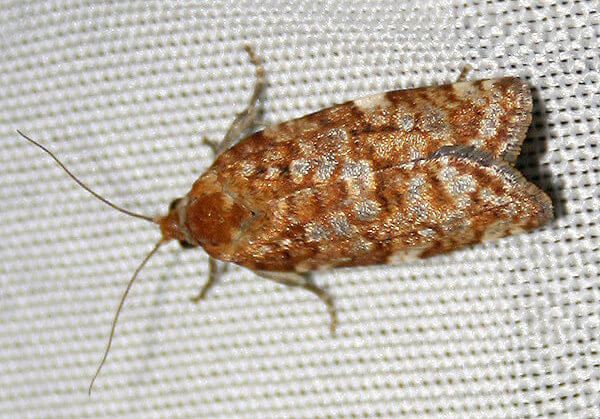
While not a true hatch, when the Spruce Moths are on, the Blackfoot River can look like it’s raining on a clear August day! The Blackfoot runs through a corridor that is surrounded by pine trees, especially along the recreational corridor. While the bird watchers and forestry people are watching the tops of the trees whither and go brown, the angler is firmly focused on the adult Spruce Moths returning to the water. Why they return to the water is up in the air, but they come down like a bee to honey, and the trout take advantage of this unexpected August food bonus.
Our best Spruce Moth pattern is Ron Beck’s MAngler Moth. It’s spun deer hair body perfectly mimics the moth’s variegated body coloration, and it floats like a cork. If you’re looking to run a different bug from the back of the boat, try a Spruce Almighty or size 10 Tan Caddis. Both these flies will move fish when the Spruce Moths are out. Don’t worry about a Spruce Moth larva dropper. While we’re sure a few find their way to the river, the immature Spruce Moth is not really a thing, making the Spruce Moth a Dry Or Die favorite!
Hoppers
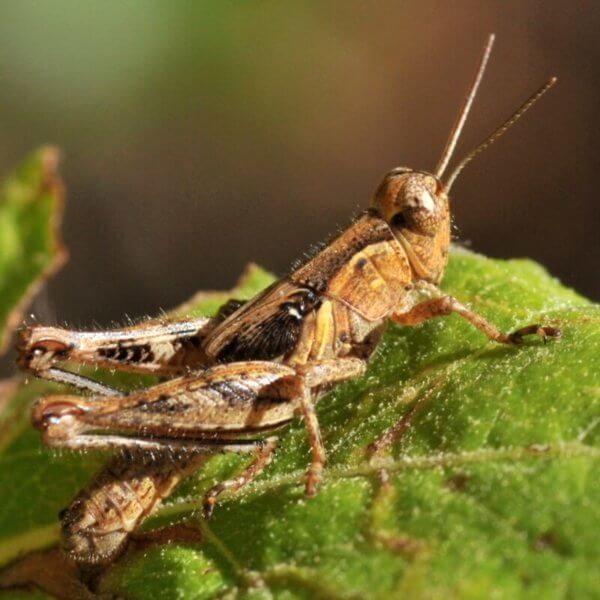
Again, this isn’t truly a hatch, but the hoppers come right on the heels of the salmon Flies and Golden Stones. The trout are looking up for big flies- why would they stop when the hoppers come out to play! The Big Blackfoot is a wide river as it heads into Missoula, and hoppers aren’t very good flyers. Many find their way to the surface, where the trout are looking for the unlikely meal. The natural forestation that surrounds so much of the Blackfoot is great hopper habitat, and the hoppers are in play up here from late July until the end of the season.
We like to start with a natural colored hopper early in the hatch, like a Morrish Tan Hopper or Parachute Hopper. Though many of Missoula’s most experienced guides will use a Gold Morrish Hopper or a Peach Fat Frank. They do this to jar the memory of the trout back to Golden Stones and Salmon Flies, giving the trout one more reason to come to the surface for food. As the season progresses, get some big hoppers and make use of those as well. Size 6-8 can really produce along the recreational corridor. A great dropper off the hopper is a Solitude Pheasant Tail Jig or FireStarter. Both have proven themselves in the hot summer days on the Blackfoot River.
October Caddis
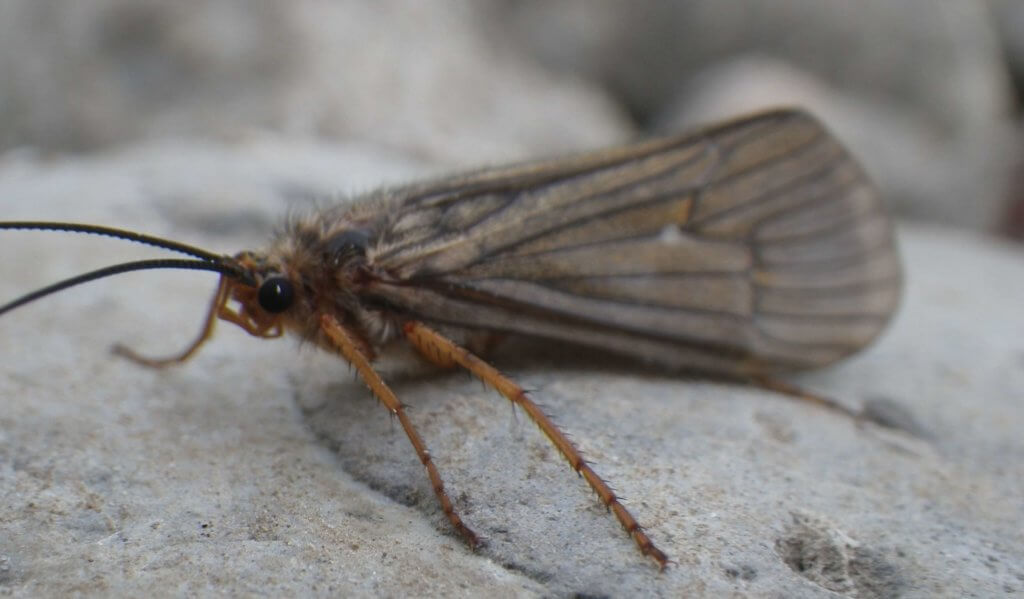
The October Caddis can start as early as mid-September on the Blackfoot River, so be ready. They’re tough to miss when they’re on the water, and the trout will look for them from the moment they first hatch. Not sure if the October caddis are out yet? Drop an October Bird Of Prey off the back of a big hopper, and let the trout tell you if the October Caddis are out and about.
Our favorite October Caddis dry on the Blackfoot is the simple Orange Elk Hair Caddis or Orange Stimulator. Both are high floating flies- very useful in the fast, roily water found along the Blackfoot River. Both will float a dropper, to a point, and are very effective when the October caddis are flying. If you want to throw a change-up to the trout, run a Brindle Chute. The orange body is a perfect copy of the October Caddis coloration, and the parachute post is easily seen.
Honorable Mention
We’re stretching the honorable mention “hatch” on the Blackfoot River, and going with streamers. While not technically one of the Blackfoot River hatches, streamer fishing is an important tactic for this river. The nature of the Blackfoot River, with deep pockets and steep banks, make it the perfect river to throw streamers at any time. The old adage of big fish eat little fish is never wrong on the Blackfoot, where the turbulent water will muffle the biggest streamers entrance even in the lowest water conditions. If you’ve decided that for today’s angling, size matters, then take a fistful of streamers to the Blackfoot River. Go deep or go home!
